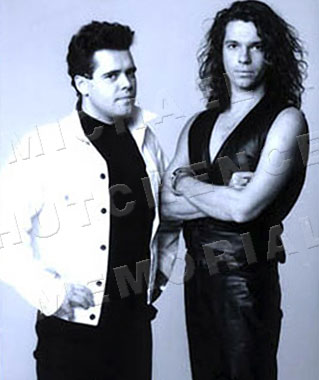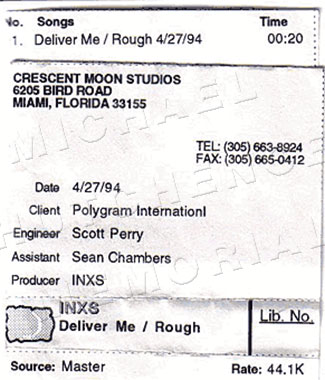A Peek Into How Hutch Composed a Song – Part 2 by Ian Patterson

© INXS, Photo by Annie Leibowitz
Song writing collaboration has yielded some of the world’s greatest hits over the past decades of popular music. In Australia we have had our fair share of global success with composers such as Vander and Young, Birtles and Goble of Little River Band, AC/DC’s Young, Young and Scott, and Savage Garden’s Hayes and Jones, to name just a few. Amongst these greats must be included the writing collaboration of Michael Hutchence and Andrew Farriss who first took the world by storm in the 1980’s with their fresh style of dance funk.
Collaboration is a challenging, rewarding and possibly disparaging exercise in which both parties bare their creative soul. But it also has the boon of having another value your music enough to believe in it and want to be part of birthing it to life. As we sadly approach the 7th anniversary of Michael’s departure we decided it was high time we completed another article on how Michael composed a song.
To make this an authentic article we couldn’t really do it justice without inviting Michael’s long-time writing partner, Andrew Farris, to share how he and Michael worked together to produce some of the world’s greatest pop music of the past 25 years.
We have found an earlier, previously “not-for-release” song in which we can explore some of the developments that take a Farris/Hutchence composition from initial ideas to a mastered song ready for the airwaves of the world. We wish to express our appreciation to Andrew Farriss and INXS, David Edwards, Nathan Hull and Dan Jones for their assistance in the preparation of this special article and the exclusive interview with Andrew conducted on our behalf by Nathan and Dan. We commemorate all of the new articles and sound files, in loving memory of our dear Hutch.
